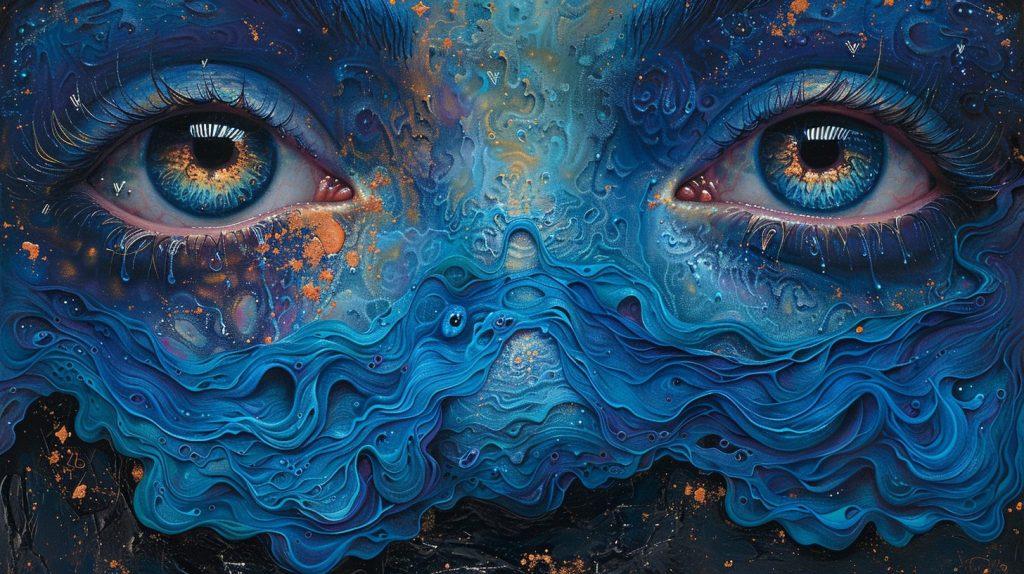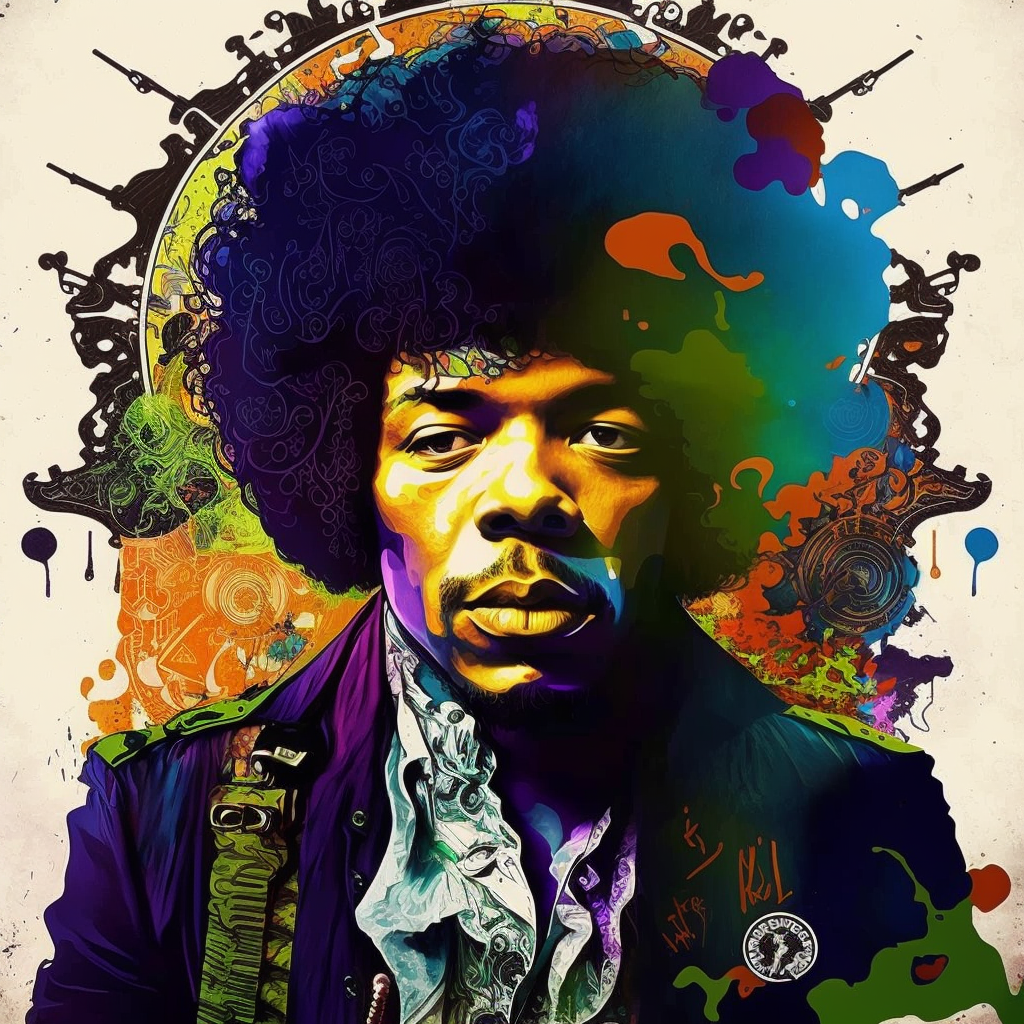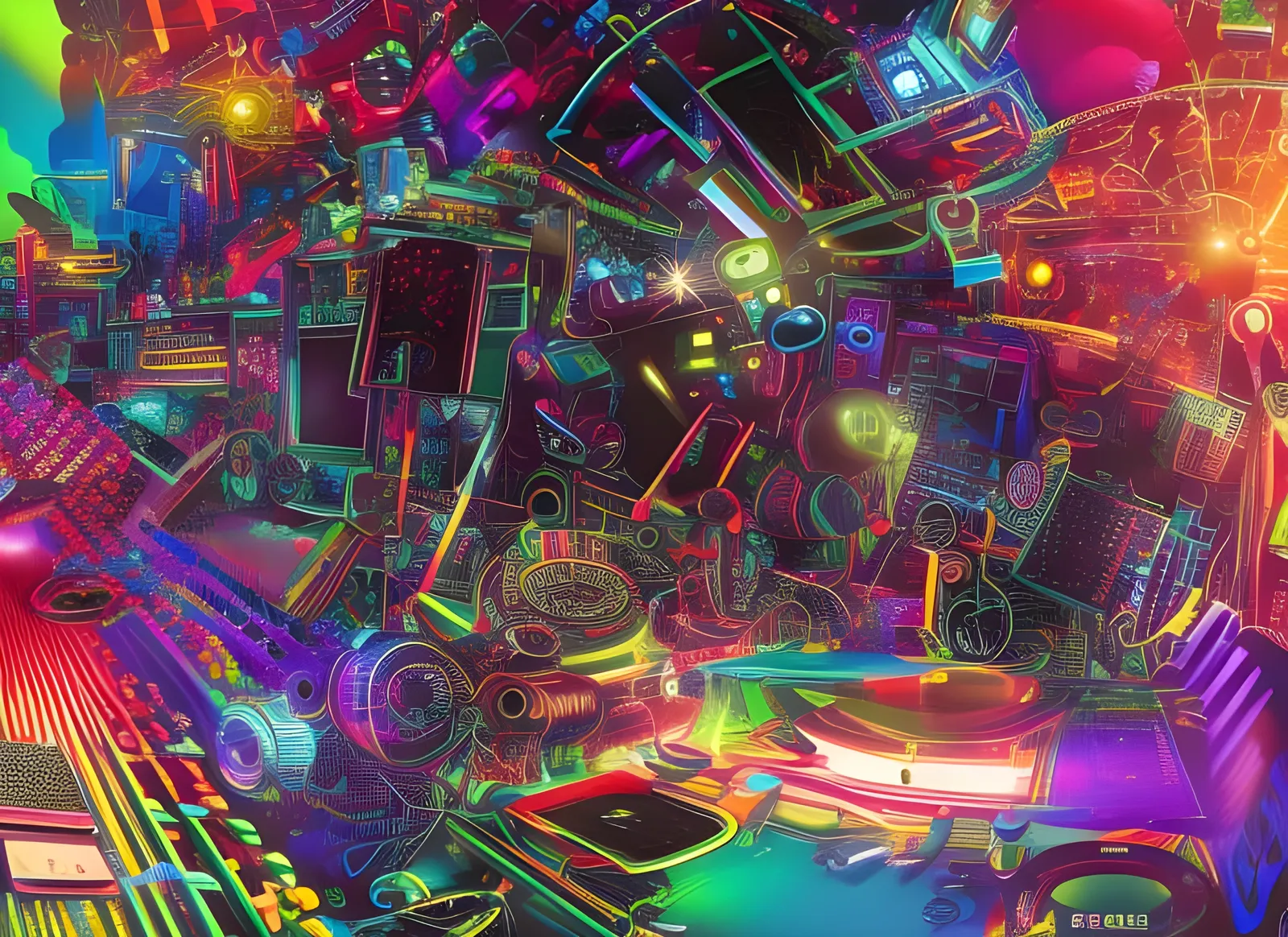
 The Role of Improvisation in Psychedelic Rock
The Role of Improvisation in Psychedelic Rock
Leave a comment
In the vibrant and tumultuous 1960s, music became a vehicle for cultural revolution. Psychedelic rock emerged as a sonic representation of the era’s counterculture, characterized by its innovative use of sound and a heavy reliance on improvisation. As Jerry Garcia of The Grateful Dead once remarked,
“Improvisation is not the expression of accident but rather of the result of deep conviction.”
This sentiment encapsulates the essence of psychedelic rock, where spontaneity and creativity are paramount.
This article explores the role of improvisation in psychedelic rock, tracing its historical context, defining its characteristics, examining key elements, and analyzing its evolution and legacy.
Historical Context of Psychedelic Rock
Origins of Psychedelic Rock
The roots of psychedelic rock are deeply embedded in the cultural and social upheavals of the 1960s. The genre emerged as a response to the burgeoning counterculture movement, which advocated for peace, love, and expanded consciousness. Musicians sought to create music that mirrored the mind-expanding experiences induced by psychedelic drugs such as LSD.
Key figures in the development of psychedelic rock include The Beatles, whose groundbreaking album “Sgt. Pepper’s Lonely Hearts Club Band” set new standards for musical experimentation. The Grateful Dead, known for their lengthy improvisational jams, became synonymous with the genre. Pink Floyd, with their avant-garde approach and use of innovative sound effects, also played a crucial role in shaping psychedelic rock.
Musical Characteristics
Psychedelic rock is defined by its distinctive musical features, which aim to replicate and enhance the psychedelic experience. These characteristics include extended instrumental solos, complex song structures, and the use of new technology and effects such as reverb, delay, and phasing. The genre often incorporates non-Western musical elements, such as Indian sitars and African rhythms, to create a sense of otherworldliness.
Cultural Impact
The cultural impact of psychedelic rock extends beyond music. The genre became the soundtrack of the 1960s counterculture, influencing fashion, art, and literature. It was closely associated with the anti-war movement, civil rights activism, and the sexual revolution. Psychedelic rock concerts, such as the Monterey Pop Festival and Woodstock, became iconic events that embodied the spirit of the era.

Defining Improvisation in Music
General Concept of Improvisation
Improvisation, the art of spontaneously creating music in real-time, has a rich history across various musical genres. In jazz, for example, improvisation is a fundamental element, with musicians often engaging in extended solos. In blues, improvisation allows musicians to express deep emotions and personal experiences.
Improvisation in Psychedelic Rock
In psychedelic rock, improvisation takes on a unique character. It is not just a technique but a philosophy that permeates the entire musical experience. Psychedelic rock musicians use improvisation to explore new sonic landscapes, break free from traditional song structures, and engage in a musical dialogue with their audience. The result is music that is fluid, dynamic, and often unpredictable.
Key Elements of Improvisation in Psychedelic Rock
Spontaneity and Creativity
One of the defining features of improvisation in psychedelic rock is spontaneity. Musicians often engage in live performances and jam sessions where they can freely explore new ideas and musical directions. This spontaneity allows for a high degree of creativity, as musicians can experiment with different sounds, rhythms, and harmonies without the constraints of pre-composed material.
The songwriting process in psychedelic rock is also heavily influenced by improvisation. Bands like The Grateful Dead would often develop their songs through extended jam sessions, where ideas would emerge organically. This approach contrasts with more structured genres, where songs are typically composed and arranged in advance.
Interaction and Communication
Improvisation in psychedelic rock is a collaborative process that relies on the interaction and communication between band members. Musicians must listen attentively to each other, respond to musical cues, and build on each other’s ideas. This dynamic interplay creates a sense of unity and cohesion, even in the most free-form and experimental passages.
Audience interaction is another crucial element. Psychedelic rock concerts often involve a high level of engagement with the audience, who become active participants in the musical experience. The energy and feedback from the crowd can influence the direction of the performance, creating a symbiotic relationship between the musicians and their listeners.
Instrumentation and Technology
Psychedelic rock musicians often use unconventional instruments and technology to facilitate improvisation. Instruments like the theremin, sitar, and Mellotron add unique textures and sounds to the music. Effects pedals, synthesizers, and tape loops enable musicians to manipulate sound in real-time, creating a wide range of sonic possibilities.
Examples of this can be seen in the music of Pink Floyd, who used extensive sound effects and experimental recording techniques to create their signature sound. The Grateful Dead’s use of the Wall of Sound, a massive and innovative PA system, allowed them to achieve unparalleled sound quality and clarity during their live performances.
Case Studies of Iconic Improvised Performances
The Grateful Dead

The Grateful Dead are perhaps the quintessential example of a band that embraced improvisation. Known for their extended live performances, the band would often take a single song and stretch it into a 20 or 30-minute jam, exploring different musical themes and ideas along the way.
One of the most famous examples of the Grateful Dead’s improvisational prowess is their performance of “Dark Star.” This song became a canvas for the band to experiment with different sounds and structures, resulting in a unique rendition at each performance. The fluid and ever-evolving nature of “Dark Star” exemplifies the band’s commitment to improvisation.
Pink Floyd
Pink Floyd’s early music was heavily influenced by improvisation. Their live shows often featured extended instrumental passages where the band would explore new musical ideas. Songs like “Interstellar Overdrive” from their debut album, “The Piper at the Gates of Dawn,” showcase their willingness to push the boundaries of conventional rock music.
In their later years, Pink Floyd continued to incorporate improvisation into their music, albeit in a more controlled and structured manner. The band’s use of technology and sound effects allowed them to create richly textured and immersive musical experiences.

Jimi Hendrix
Jimi Hendrix is widely regarded as one of the greatest guitarists of all time, and his approach to improvisation played a significant role in his legendary status. Hendrix’s live performances were marked by his ability to spontaneously create intricate and expressive solos that showcased his technical skill and emotional depth.
Songs like “Voodoo Child (Slight Return)” and his rendition of “The Star-Spangled Banner” at Woodstock demonstrate Hendrix’s mastery of improvisation. His innovative use of feedback, distortion, and other effects revolutionized the electric guitar and left a lasting impact on future generations of musicians.
The Evolution and Legacy of Improvisation in Psychedelic Rock
Post-1970s Developments
The improvisational spirit of psychedelic rock continued to influence subsequent genres and musical movements. Progressive rock bands like Yes and King Crimson incorporated elements of improvisation into their complex and ambitious compositions. Jam bands such as Phish and Widespread Panic carried on the legacy of The Grateful Dead, emphasizing live performances and extended improvisational jams.
Modern Psychedelic Rock
Contemporary psychedelic rock bands continue to embrace improvisation as a core element of their music. Bands like Tame Impala and King Gizzard & The Lizard Wizard draw inspiration from the improvisational techniques of their predecessors while incorporating modern influences and production methods.
The use of digital technology and software has expanded the possibilities for improvisation in modern psychedelic rock. Musicians can now manipulate sounds in real-time using laptops and other electronic devices, creating new and innovative musical experiences.
Cultural and Musical Impact
The impact of improvisation in psychedelic rock extends beyond the genre itself. The emphasis on spontaneity, creativity, and collaboration has influenced a wide range of musical styles, from electronic music to hip-hop. The legacy of psychedelic rock can be seen in the continued popularity of live performances and the resurgence of vinyl records and other analog formats.
The improvisational approach of psychedelic rock has also inspired other artistic forms, such as visual art and literature. The genre’s emphasis on breaking boundaries and exploring new possibilities resonates with artists across different mediums.
The Everlasting Magic of Psychedelic Improvisation

Improvisation is a fundamental aspect of psychedelic rock, shaping its distinctive sound and cultural impact. The genre’s origins in the 1960s counterculture, its unique musical characteristics, and its emphasis on live performance and collaboration all contribute to its enduring legacy.
The spirit of improvisation in psychedelic rock continues to inspire musicians and listeners alike. The genre’s willingness to push boundaries and explore new sonic landscapes serves as a reminder of the power of creativity and experimentation in music.
To truly appreciate the role of improvisation in psychedelic rock, one must experience it firsthand. Listen to live recordings, attend concerts, and explore the vast catalog of psychedelic rock music to understand the magic of improvisation. By doing so, you will gain a deeper appreciation for the genre and its lasting influence on the musical world.
Categorised in: Psychedelic



